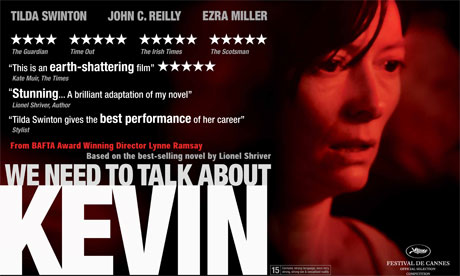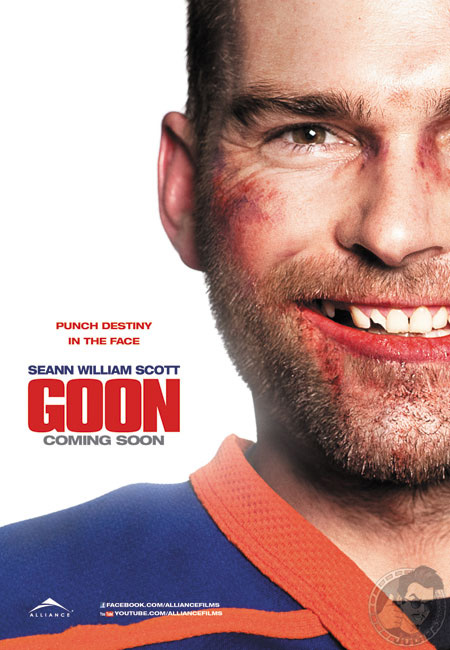***
George Nolfi scripted the likes of Ocean’s, Bourne and now this, which he has adapted from a Philip K. Dick short story. Reuniting with Matt Damon and wearing the director’s hat for the first time Nolfi has delivered a fantastically-assured debut.
David Norris (Damon) is a Brooklyn-born, no-nonsense candidate for the US Senate. Following the collapse of his campaign he meets a beautiful stranger Elise (Emily Blunt) but dark forces - the eponymous Bureau - intervene to keep the pair apart. These trilby-sporting, mysterious men are there to keep everyone on the right path. If someone strays from “the plan” they step in to make adjustments.
The Adjustment Bureau is a bit of a genre mash-up. It starts as a political thriller, turns into a melon-twisting sci-fi but is, essentially, a love story. Nevertheless, a consistent tone is maintained well. Damon and Blunt have a terrific chemistry and you cannot help but root for the pair of them and their love affair. Blunt is funny, charming and demonstrates even more breadth to her talent. Her character is a dancer and, not ever having professional experience, she trained hard for the performance scenes. She's so good I assumed she'd had some kind of background in dance. Damon convinces as both political bigwig and man on the run. I like this kind of action hero. Norris is someone unused to being in such situations. As I much as I love those guys, he is not James Bond or Ethan Hunt, thus trained for action. Think more John McClane or Indiana Jones – spirited, gutsy and resourceful who, to paraphrase Indy, is just making it up as he goes along. The action is adrenalin-pumping and slick. Shot on a huge number of locations, Nolfi crams in a wealth of NYC along the way.
John Slattery (Mad Men’s Roger Sterling) is well cast as an unfeeling Bureau member. Terence Stamp plays an even colder fish and has some great dialogue to play around with in that wonderful voice of his. The writing, I should add, is skilful and smart. This is entertaining, blockbuster cinema but written for grown-ups.




